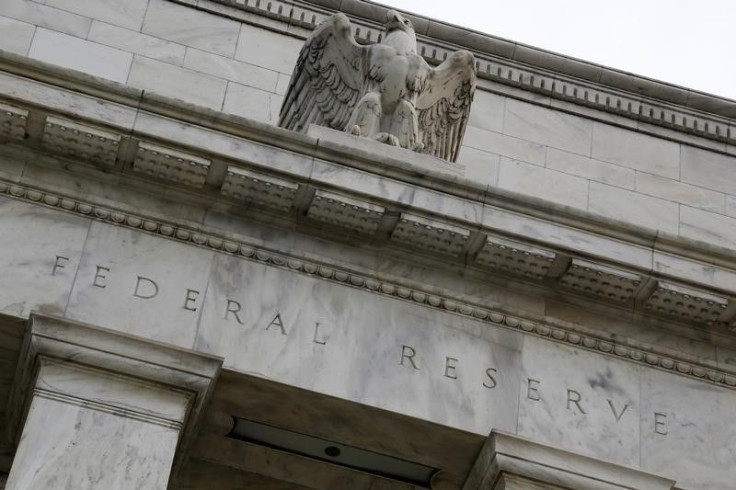Federal Reserve System: Beige Book Reveals Plunging Oil Prices Hurting Energy Industry

The U.S. Federal Reserve’s “Beige Book” revealed that plunging oil prices over the last six months are starting to have negative effects in regions that operate heavily within the energy industry as well as chemical manufacturers.
The report, which the central bank publishes eight times per year, highlights the current condition of the U.S. economy within the central bank's 12 districts. It covers a range of economic activity from manufacturing to construction to wage growth and offers economists an opportunity to glean any indication that the U.S. economy is growing stronger or slower than forecast.
The Beige Book released Wednesday shows that as oil prices declined to a four-year low last month, some parts of the country that rely heavily on the energy sector expected revenue to decline somewhat as a result of lower oil prices.
“Energy and mining activity was higher on net, though lower oil prices were a concern for the oil industry in the Atlanta and Dallas Districts,” the Federal Reserve Bank of Chicago said in its prepared commentary collected in November.
The Beige Book summarizes comments received from business and other contacts outside the Federal Reserve and is not a commentary on the views of Fed officials.
The recent drop in oil prices is being felt most in three of the Fed’s 12 districts, including Dallas, Minneapolis and Kansas City. Atlanta, the Fed’s sixth district, reported the drop led some firms to reevaluate their operations, and also weighed on the outlook for drilling activity in the Dallas District.
Meanwhile, falling oil prices are also affecting other industries, including chemical manufacturers in the Boston District. In Dallas, the central bank’s 11th district, employment at most firms held steady or increased since the previous report, but contacts continued to note difficulty in finding skilled workers, particularly in areas where the energy sector was booming, while energy contacts saw no relief from the tight labor market, especially in West Texas. Although the outlook for next year remained positive, less were optimistic than in the prior report, and contacts said budgets were being revised and capital expenditures are expected to decline in response to lower oil prices.
Policy officials said they saw the economy moving at a “modest-to-moderate” pace, unchanged from the Fed’s previous Beige Book issued on Oct. 15, and consumer spending remained at a “slight-to-moderate” pace.
The Fed said price pressures will continue to stay steady as wage growth remained modest.
“There might be upward wage pressure for certain industries, but not enough to indicate that inflation itself is accelerating,” said Gus Faucher, vice president and senior macroeconomist at PNC Financial Services Group.
Some contacts in the Fed’s Beige Book viewed lower gasoline prices as a contributing factor to higher consumer spending, and an early cold spell helped spur sales of winter apparel in several Districts.
“The raw volume of gasoline and gas-related products has been increasing, but the notion is it’s freeing up spending for consumption of other goods and services,” said Gary Burtless, senior fellow at The Brookings Institution.
In addition, retailers in many of the Fed’s districts were optimistic about the upcoming holiday season, as auto sales were particularly strong in Richmond, Atlanta, Chicago and San Francisco. Lower gasoline prices boosted sales of SUVs and light trucks in Philadelphia, Cleveland and Chicago.
Each of the Fed’s Beige Books is published two weeks before the Federal Open Market Committee (FOMC), which is composed of the Fed's seven board of governors and five reserve bank presidents, meets for its next and final policy meeting of the year on Dec. 16-17. The Fed’s focus will turn next to the U.S. nonfarm payrolls report for November, due out on Friday. Economists expect the report to show U.S. employers added 230,000 jobs in November, up from 214,000 in October, according to analysts polled by Thomson Reuters.
© Copyright IBTimes 2024. All rights reserved.






















